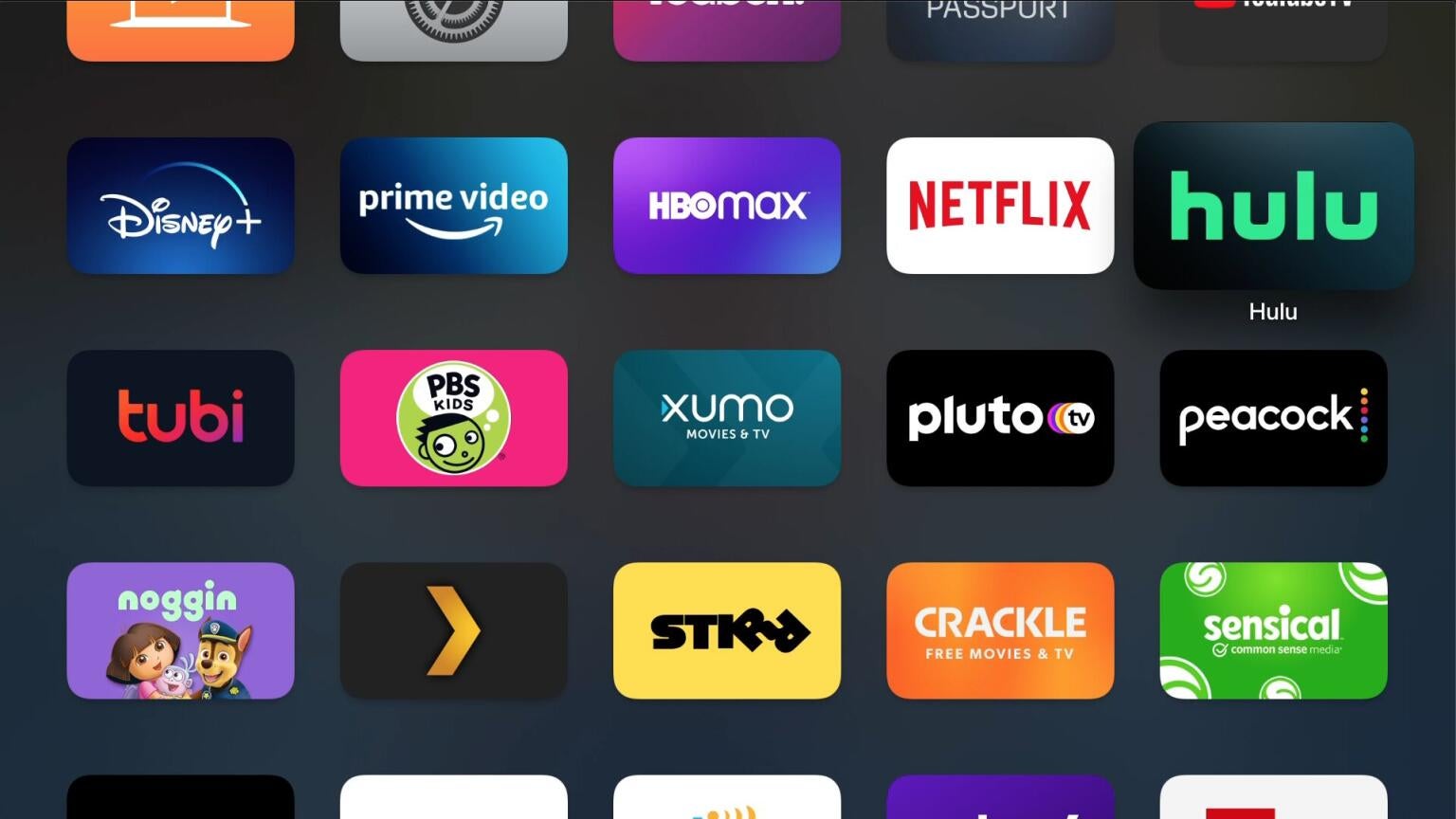
When it comes to streaming services, the issue is not if there be a price hike, but rather, when will it hit our credit cards. Covering the costs of servers, bandwidth, marketing, and carriage costs for currently-existing programming only gets harder, and streaming services pass the bill on to us, the viewer, accordingly. However, it turns out that some streamers are more likely than others to pass the buck on.
We took a look at 16 of the biggest streaming services in a bid to figure out just when the next price hike was likely to hit. It turns out that it’s much more likely in some places than in others.
Unlikely in the Near Term
Several streaming services have already rolled out price hikes. This puts them farther down the list for places that are likely to raise prices again in the near-term future. Though they can’t be ruled out — especially newcomers like Disney+ who are still trying to pull loyal customers — they’re less likely than their cohorts.
YouTube TV — YouTube TV’s base price was raised to its current level in June 2020. In an August 2021 interview, YouTube chief product officer Neal Mohan said there are no plans for a price hike “or anything in the near term.” The exact timing of how long the “near term” is, Mohan did not define, but it is likely that the streamer will not increase prices through the remainder of 2021.
fuboTV — Although the fuboTV family bundle was increased to $64.99 in July 2020, the streamer had at least one other incremental price increase since — a $2 price hike for the 40-channel fuboTV Extra Add-On in December 2020. Many analysts have taken this to mean that fuboTV will not likely pull the trigger very soon. FuboTV CEO David Gandler was asked about potential price increases last March. “I do believe we have more pricing power. And in my opinion, the pricing or the packaging is really relative to what’s being charged in the traditional space, right? If you have 70 million customers paying $120 or in some satellite services, where it can go $160, $170, clearly, there’s room for us to be able to price up,” Gandler said. “That’s not to say that we will, but we do have that optionality.”
Hulu — Hulu increased prices in early October 2021. The streamer increased its Limited Commercials and No Ads plans by $1 a month each. Hulu with Limited Commercials went from $5.99 to $6.99 a month, while Hulu (No Ads) increased from $11.99 to $12.99. The Hulu Annual Plan, which includes the Limited Commercials plan, went up from $59.99 to $69.99 a year.
Disney+ — Disney+ increased prices in March 2021. In addition, the Disney Bundle, which couples Disney+ with sister properties Hulu and ESPN+, was also increased in price in March.
Netflix — Netflix increased prices one year ago, adding a dollar to its basic price and $2 to its higher-priced plans last October.
Sling TV — Sling TV increased its base price by $5 per month last January for new customers. Most existing customers did not see the increase until August 2021, thanks to a price guarantee put in place by the streamer in August 2020.
Philo — Philo increased its prices for new customers in May 2021. However, the streamer did leave a parting gift for existing customers, in the form of a lifetime deal for those customers that kept the lower $20 monthly price in place.
DIRECTV STREAM — While DIRECTV STREAM is the newest streaming service, in its earlier form as DirecTV Now and AT&T Now, prices were increased by $10 for viewers in March 2021.
Shocking Stability
Several of the major streaming platforms, meanwhile, have been holding the line on prices for quite some time. Interestingly, many of these platforms are actually ancillary arms of other operations. Thus, the streaming arms may be being used as loss-leaders, or products that are deliberately underpriced just to get customers in the door for other products. That’s the whole theory behind Black Friday shopping, after all, and it’s worked marvelously for years.
Amazon Prime Video — Amazon Prime Video hasn’t raised its prices since 2018. As recently as three weeks ago, the investment analysis site The Motley Fool asked if it was about time for an increase to hit. Given that Prime Video is one of the membership benefits of Amazon Prime, Amazon may not be too quick to stage price hikes here and dilute its own value.
Apple TV+ — Apple TV+ has maintained the same price it had when the service launched in November 2019. However, in June, the one-year free trial that Apple was offering to customers who purchased new hardware was reduced to three months. The service continues to build a content base of quality programming while riding on the coattails of its hardware base. How much longer that will continue is anybody’s guess.
Discovery+ — Discovery+ has also maintained its price since launching in January 2021. The service has an incredibly deep bench of programming already on board, and the upcoming merger with WarnerMedia on the horizon. Speculation is growing regarding potential bundles with content from HBO Max after the merger is closed in the first half of 2022. Any price changes will likely wait at least until that point.
Peacock Premium — Peacock Premium has also maintained its current pricing structure since its launch. A lot of what Peacock is looking at, at least in the near term, will be predicated on the streamer’s performance during the 2022 Winter Olympic Games in February. Following the Games, there is already word of a complete revamp of the service on the horizon.
Showtime — Showtime’s standalone service has been in a standstill, of sorts, however, following the recent announcement of a stabilized bundle price with Paramount+, look for Showtime to attract more viewers in the United States. The streamer is already working hard on establishing its new European service as SkyShowtime. An upgraded American presence thanks to the Paramount+ bundle will do nothing but help. With that in place, don’t look for a price hike anytime soon.
Paramount+ — Speaking of Paramount+, after changing its tiered pricing structure earlier this summer, the streamer has announced a new bundle with Showtime that will raise the profile of both services, allowing them to compete more directly with HBO Max in the United States. The pricing is competitive, as is the combined programming. As with Showtime, don’t look for Paramount+ to raise prices in the near term, while it stabilizes itself with the new bundle packaging.
Short-Term Price Cuts
Meanwhile, some platforms have not only been seen holding their positions, they’ve even been offering deals to draw in new customers.
Starz — Starz ran a deal through September that allowed customers to sign up for a membership for $3 per month for the first three months. Old customers, and anyone looking to sign up now, meanwhile will be paying the same $8.99 per month rate.
HBO Max — While HBO Max increased its number of users overall worldwide, the streamer lost some viewers in the U.S. due to a move that saw HBO divorce its service from Amazon Prime Video Channels. In the wake of this, HBO Max actually cut prices for new subscribers in September 2021 in a short-term deal.
Who’s Going to Hike Prices Next?
It’s not a matter of if price hikes will come, but rather when. With so much competition clearly at hand, price hikes must be issued with justification. If that justification is insufficient for customers, they can always jump ship to another one of the streaming services.
This brings us down to the other two classes. Several platforms haven’t raised their prices lately. They have all the justification they need to do so: they’re simply pursuing market parity and therefore market rates. They can keep from doing so and try to justify it with the need to bring more customers into the fold — while making up the difference on volume. But if they try to jack up prices, they can back it all up. They become the most likely to increase prices.
What about those who offered temporary price cuts? These are also likely to hike prices, but less so than the stable crowd. Why? Because it’s an insult to the customer base. The customers remember the price cuts that happen not so long ago. While they can expect, even forgive, a return to former pricing, going straight from discount to price hike might represent a move too far. Remember, all that competition is floating out there. The price cutters will return to normal pricing. Most already have. Staging a price hike any time soon, meanwhile, is less likely.
So back to question one: who’s next? It could be any one of the services mentioned. After all, everyone has already done it at least once, and only the ones who have raised prices in recent months will be reluctant to do it again so soon for fear of alienating existing customers.
